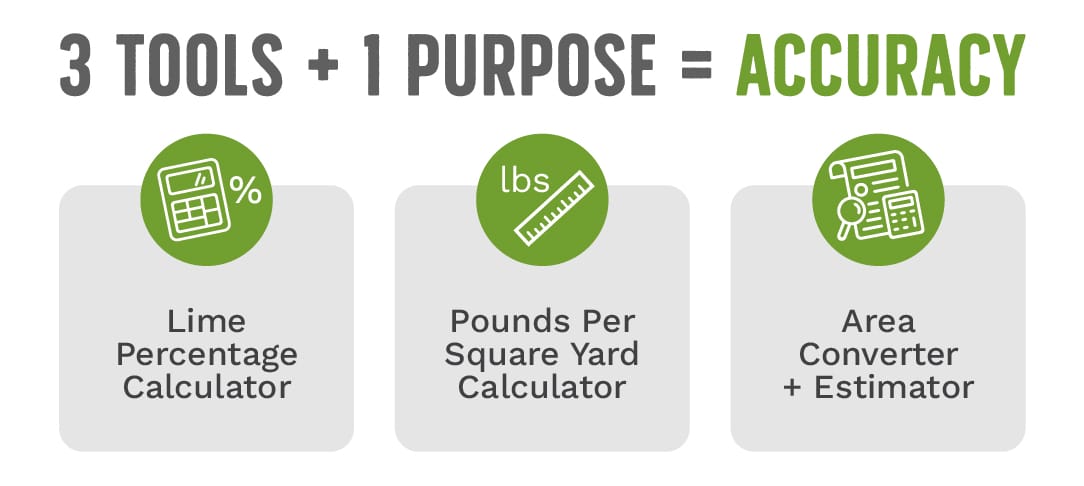Take the Guesswork Out of Lime Estimation
Whether you’re bidding a project, comparing stabilization methods, or simply trying to determine how much lime to order, the Lime Association of Texas offers one of the most helpful tools in the industry: a suite of free online lime calculators.
These calculators allow you to estimate the amount of lime required for a given job based on your project’s specifications. It’s one of the most popular tools on our site, and it’s especially useful for estimators and engineers working on early-stage project planning.

Three Tools, One Purpose: Accuracy
The Calculators page features three user-friendly tools that allow you to determine how much lime you need, depending on what information you already have:
- Lime Percentage Calculator
This calculator is ideal if you know the lime percentage, soil density, application depth, and project area. These are common specs provided by a geotechnical engineer or noted in a project’s design documents.
- Inputs:
- Lime percentage (typically 4–8%)
- Soil density in lbs/ft³
- Depth in inches
- Area in yd²
- Result:
- Total pounds per square yard
- Total tons of lime required
If you don’t have exact data, you can still use industry-standard estimates (e.g., 6% lime and 110 lbs/ft³ soil density) to get a reasonable ballpark figure.
- Pounds Per Square Yard Calculator
Already know the rate of application in pounds per square yard? This tool helps you convert that figure and your total area into tons of lime needed.
- Inputs:
- Pounds per square yard
- Total area in yd²
- Result: Total tons of lime
- Area Converter + Estimator
Don’t have your area in square yards yet? No problem. The third calculator helps you convert length and width (in feet) into square yards, and then estimate the lime required using your application rate.
- Inputs:
- Length (ft)
- Width (ft)
- Application rate (lbs/yd²)
- Result:
- Total area in yd²
- Total tons of lime needed
Estimating vs. Testing: Know the Difference
For accurate project planning, lab testing is always recommended. Tools like Tex-121-E (commonly known as the “pH test” or “lime series”) help determine the exact percentage of lime required to stabilize your soil type. A pH of 12.4 indicates optimal stabilization.
But in early project phases, or when you’re building a quick estimate, these calculators let you make educated assumptions—typically 4% for sandy clay and up to 8% for highly plastic clays.
Why Use These Calculators?
- Save time and effort on manual calculations
- Compare lime stabilization costs to other methods
- Streamline the bidding process
- Make data-informed decisions early in project planning

And if you ever need help using them, or want a second opinion on your numbers, the LAT team is just a phone call or email away. Contact us here!

